Imagine Cup 2014: the path to victory
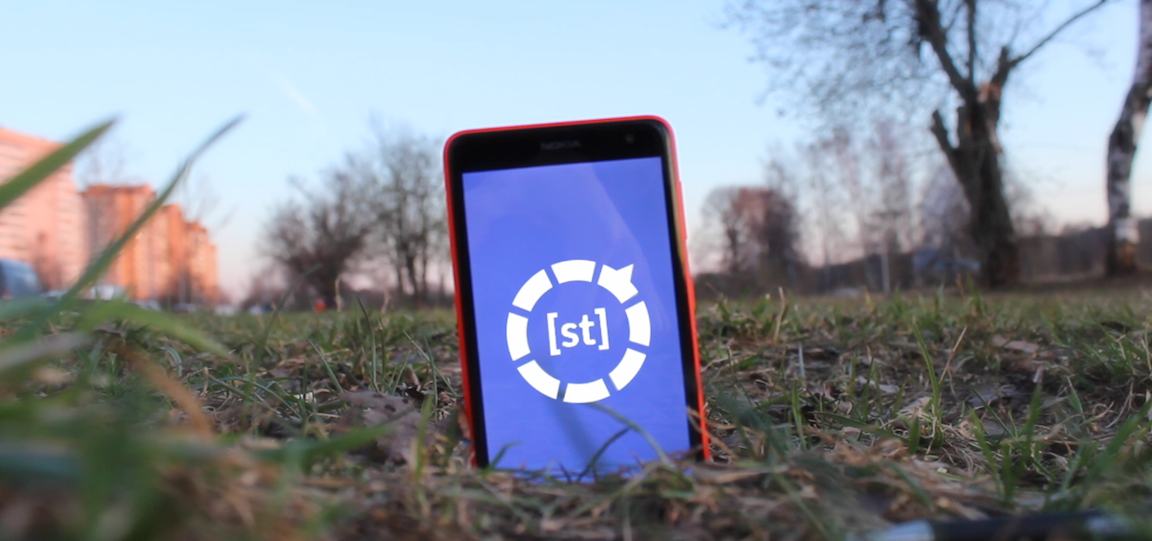
Dear reader, in this article we decided to tell you about our project [self tune] . Over the past year and a half, we have come a long way from idea to startup. Suppose we have not yet finally launched, but we already have some kind of result - a victory in the Russian final of the Imagine Cup 2014 in the category “Innovations” . This path was very winding and went along a very bumpy road. We hope that you will like our story and you too will be inspired by the achievements in the field of IT start-ups.
How it all began
On an autumn evening the year before last, five MIPT students drank tea in the office of their future supervisor. He enthusiastically talked about his new project, designed to help in the psychological preparation of pilots for flight. The highlight of his story was the technology that allows you to determine the level of emotional stress of a person, analyzing the sequence of his heart rate. Particularly impressive was that this did not require any cumbersome and expensive equipment, nor the passage of a special measurement procedure. All that was needed was a miniature fitness sensor that fits over the chest and 5 minutes of measurement.
Before that, we were interested in modern technologies, programmed a lot for educational and work purposes, and even had experience in creating our own projects. And, naturally, we were inspired by the new idea and could not refuse the opportunity to bring it to life with our own hands. We gladly accepted the offer to do this project as our undergraduate scientific work.
')
The first steps
Then we did not even know what our project will grow in the future. But we immediately approached the matter with great enthusiasm. We have studied all the portable heart rate sensors on the market, as well as the technology by which they communicate with a phone or computer. The first batch of 10 sensors (as in the picture), working on Bluetooth 4.0, was purchased for testing. Started application development for Windows and OS X. Work has begun to boil.
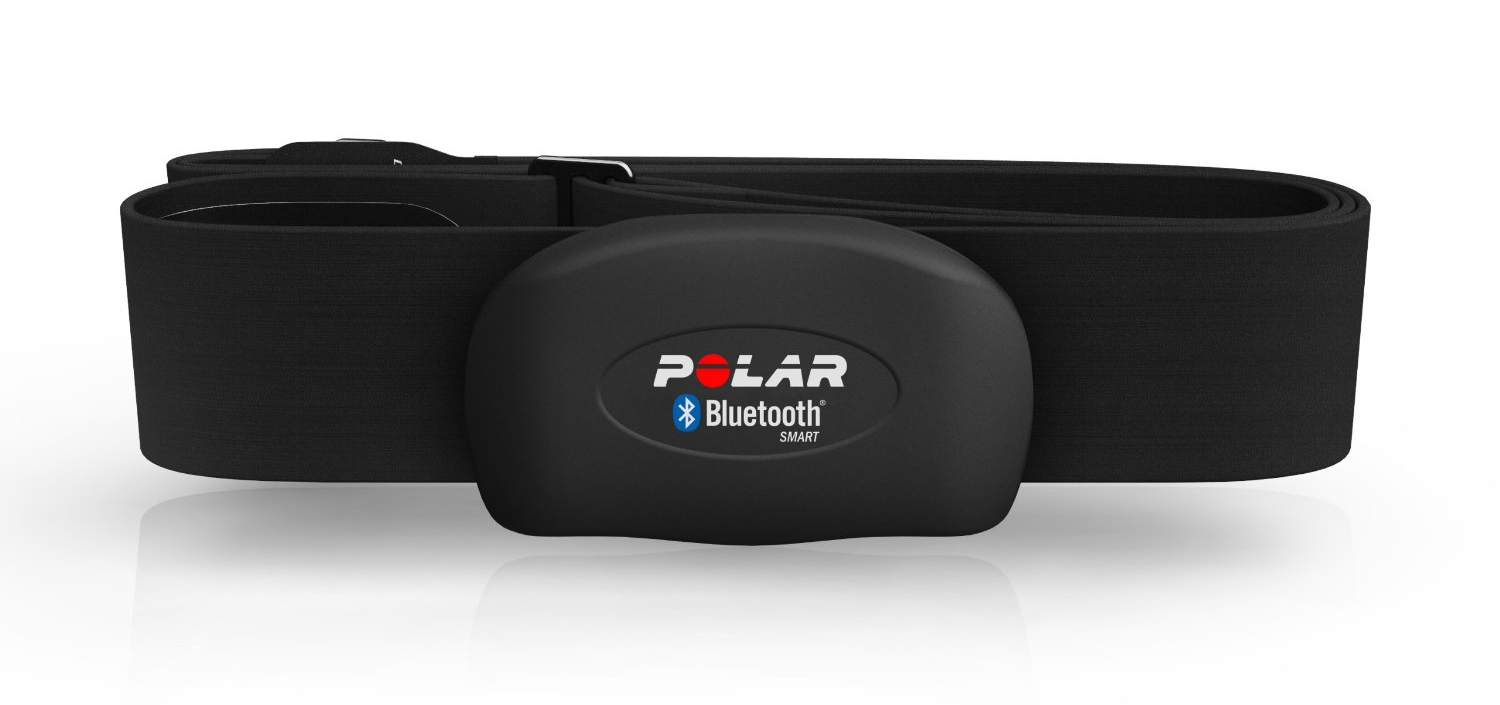
And now, after a small amount of time, a large number of lines of code and a huge amount of beer drunk in the process, we thought about the key question in the history of our team: why, having the advantage of low cost, accessibility and convenience, we limit the use of our technology to such a narrow group of people how are the pilots? Indeed, in our hands was the technology that allows anyone to quickly and accurately measure the level of stress at home. To make the process as simple as possible from the point of view of the user, we decided to transfer our technology to smartphones.
Gaining momentum
From that moment on, we set to work with double vigor and zeal. Gathered together in a dormitory or institute as soon as we had free time, including at night - and codes, codes, codes. Were drawn, then programmed, then redrawn, remade and redrawn and redone the screens of the application for iOS. Then a server was written that implements complex and cumbersome calculations of stress level by pulse sequence. After that, it was decided to abandon the server, and exactly the same functionality was written in Objective-C. Then we realized that we got excited, and decided to combine the efforts of our server and mobile developers. Every day we vied with each other about the addition of new features and the improvement of existing ones. We constantly redraw the application screens and change the design.
We were so passionate about what was happening that we ignored one of the typical mistakes of starting IT projects. We approached the whole process only from the standpoint of development and technology, without thinking about the users at all. As a result, we created a complex and cumbersome monster, operating in scientific terms and counting all 30 different indicators of the method for determining emotional stress, which we still developed in parallel as part of scientific work. Everyone to whom we showed our creation was madly in love with his idea, but at the same time everyone had to explain for a long time how the application works and what it generally does. At some point, it was understood that it was impossible to continue working in the same vein.
At the same time, growing conflict in the team. Our technology has found other possible uses and directions for development. A part of our team wanted to develop everything at once, but others did not like it - they wanted to finish the job that was started and not be dispersed on every new idea. As a result, we had to endure the departure of two team members who took with them, among other things, the old name of the project. This was followed by a very stressful period in relations with the supervisor. Against the background of a monster application that no one wanted, this situation looked very depressing.
Second birth
We did not tolerate the fact that in fact remained at the empty trough. It was decided to start everything from scratch, while not repeating the old mistakes. Literally on the same day, after a long Brainstorm, we came up with a new name - [self tune] , and made our website business card on our knees. At the same time, the designer and, part-time, the spouse of one of the founders joined our team. Armed with newfangled trends from the world of startups, as well as books by Steve Blanc and Eric Rhys, we decided to radically change our approach to the project. We tried to understand how our technology could be useful to users and solve some of their urgent problem. It turned out that the mere fact that we are experiencing constant emotional tension and stress is in itself a big problem.
Indeed, we are under stress all the time. Remember yourself after a busy day, while standing in kilometer traffic jams on the way to work, during exams - all these and many other events are sources of stress. It’s impossible to avoid them all, but you can reduce their negative consequences to zero. We realized that measuring emotional tension alone is not enough, and we need to offer users an effective way to deal with everyday stresses.
That is how the idea of the [self tune] application in its current form was born. It prompts the user to perform a simple algorithm of three actions: try on, relax, and compare the results. In order to simplify the measurement process as much as possible and not to limit our users in any way, we decided not to use sensors. Instead, it was decided to implement in the application a modern technology for determining heart rate using a finger attached to the camera of the smartphone. The measurement process itself should take about a minute.
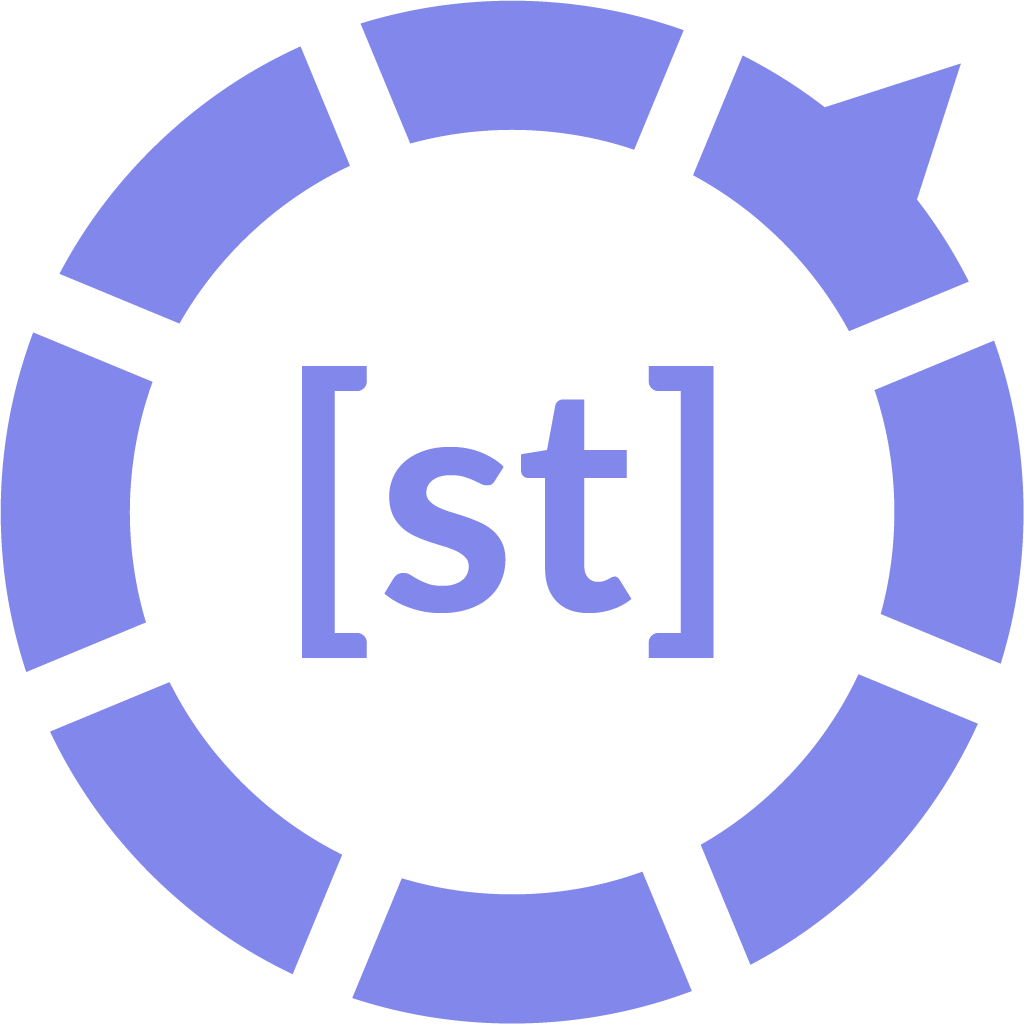
How does this work?
The application works on the principle of “Measure, Relax, Compare”.
In the first step, the initial stress level is measured. This is possible thanks to the method of heart rate variability. The essence of the technique is quite simple: the frequency of the heartbeat changes over time and even two adjacent heartbeats have a different frequency (if I may say so). For example, the value of pulse 60 does not mean at all that the heart beats exactly 60 times per minute and the time interval between each of the beats is 1 second. In fact, the time intervals between the heartbeats constantly vary, and the patterns in these variations can be judged on the various states of the nervous system, including stress.
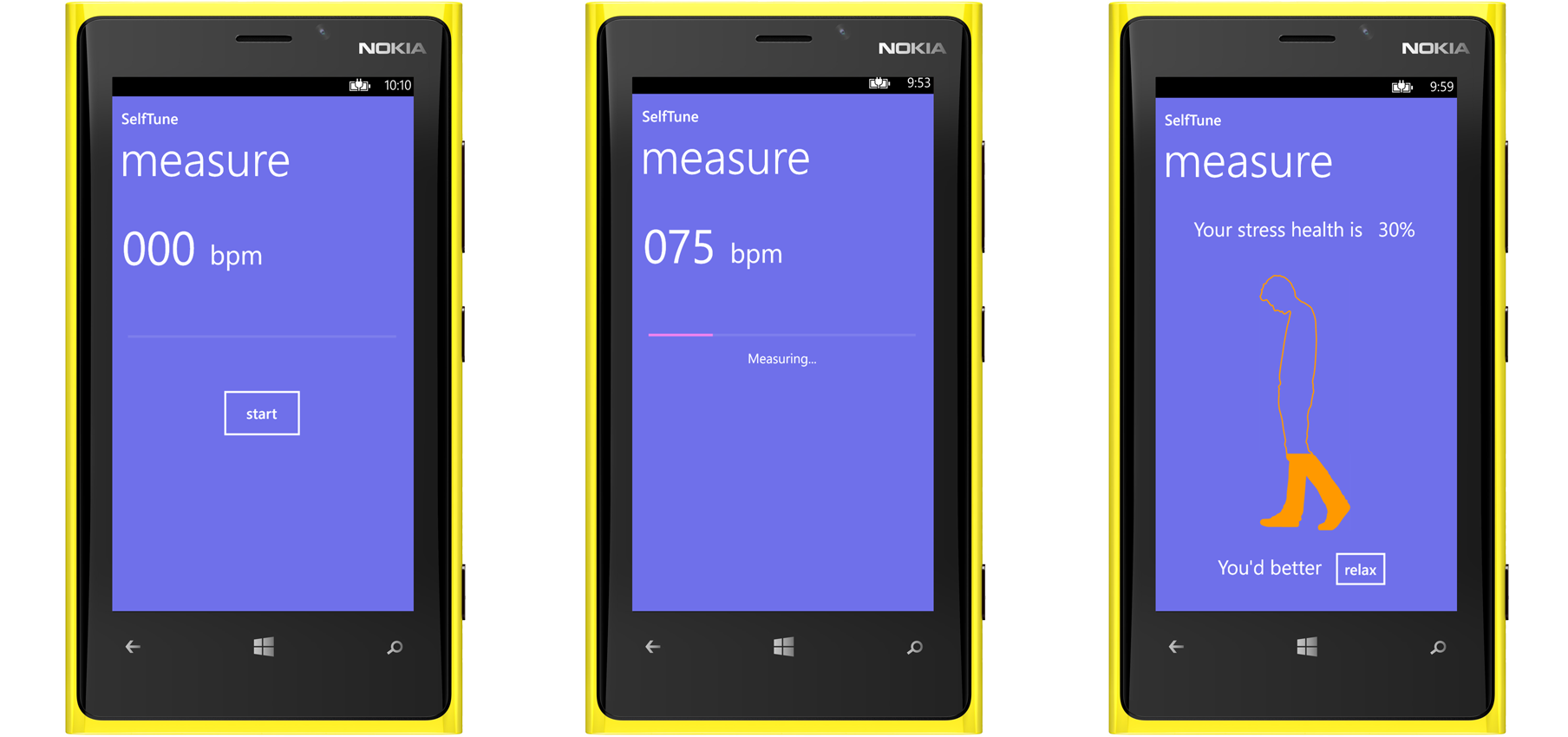
And how do we actually get these same time intervals? To do this, use the camera phone. When a person’s heart is working, the blood pulses throughout the body, including on the fingers. This leads to the fact that the image of the finger, illuminated by bright light (for example, a flash of the phone), changes slightly, in particular, the red component (“R”) of this image changes.

Further, according to the sequence of red components, you can build a graph, and, taking the peaks of the graph as a basis, calculate these same distances. At the end of the measurement, the user gets an estimate of his “Stress health” from 0 to 100, where 100 is the best result, which means that the user is healthy (at least in terms of stress). At the end of the measurement, the user has the opportunity to mark his subjective emotional state and the current type of activity.

In the second step, “Relax”, we offer the user a relaxation technique, selected on the basis of data on his actual (our assessment) and subjective states, current activity, location, history of records and many other parameters. This is our innovation. We do not ask the user to choose a technique, but we offer him the most suitable at the moment. It can be simple breathing exercises, relaxing music, general tips for avoiding stress: for example, go for a walk, read a book, go to a beer with friends. The list of possible techniques is just beginning to be formed by us and is constantly updated.

After relaxation, we offer the user to measure their stress again and compare, in fact, two numbers: BEFORE and AFTER. Thus, the user will be able to monitor their progress and be convinced of the effectiveness of the methods on the actual results. After all this, the user can tell his friends on Facebook about how he used the application.

This is how it works:
Imagine Cup
So, the work boiled again. Following the precepts of Eric Rees, we firmly decided to write an application with minimal functionality and put it in the AppStore for prompt feedback from users. But these plans did not come true, at least for now, since we learned about the Imagine Cup competition.
The decision to take part in the competition was very important and responsible for us. In 2005, a team from the Moscow Institute of Physics and Technology, which was also supervised by our supervisor, won the world final of the Imagine Cup in Japan. Moreover, in recent times, Fiztek teams did not manage to win even at the Russian final, so we decided to take the responsibility to protect the honor of our institute.
We took the preparation very seriously and initially aimed at winning. A lot of energy was invested not only in the finalization of the application, but also in the preparation of a colorful presentation and a bright original performance. The guys from Parallels-MIPT joint educational and scientific center actively helped us with the latter. As a result, the performance was ready for the regional final, but we did not have time to upload the application in the AppStore.
After winning the regional final, we were hinted that for further victories in the Microsoft contest, you must have at least a prototype of your product based on one of the Microsoft technologies.
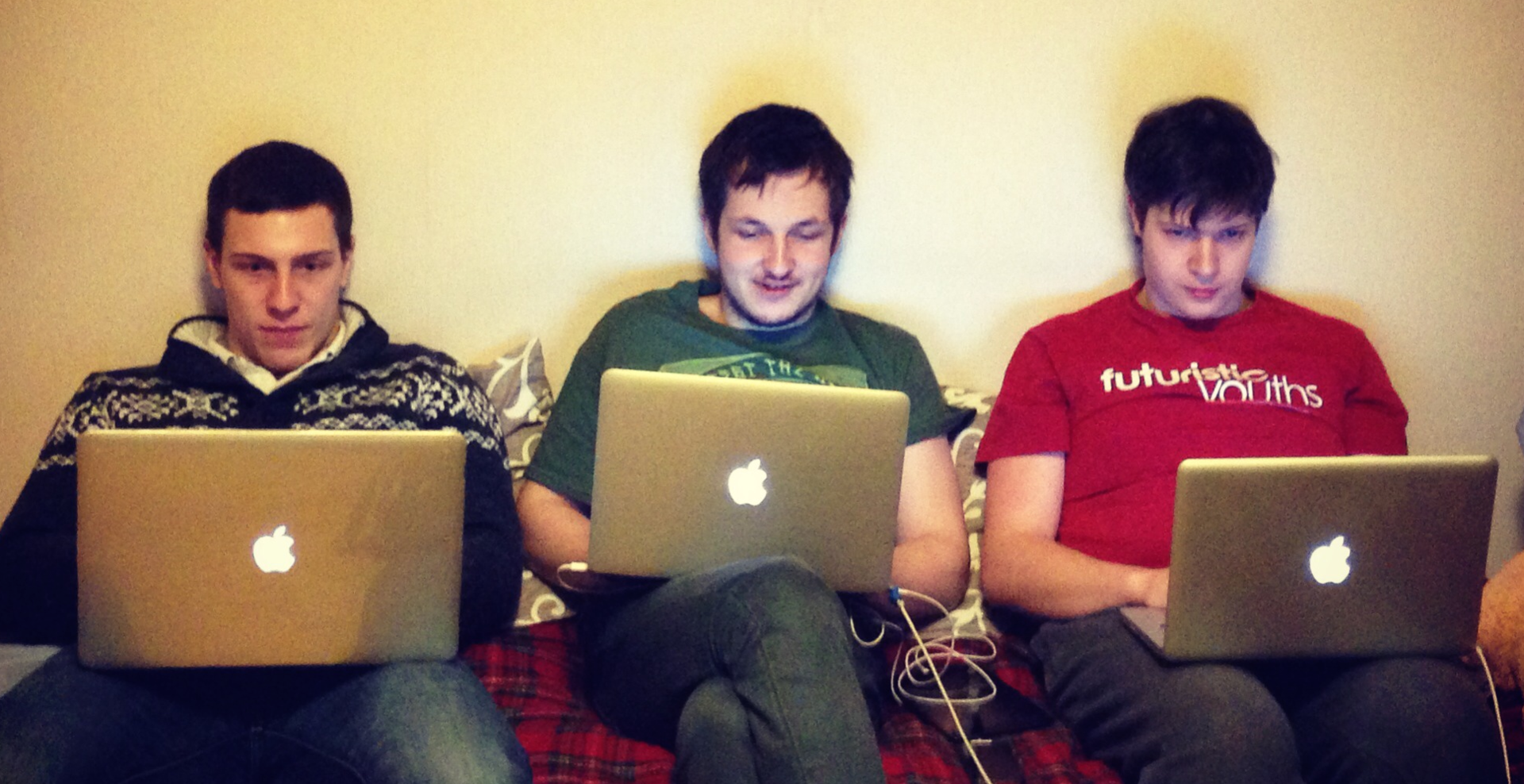
There was less than a month before the Russian final, but we accepted this challenge. By the end of this month, the tension only grew and the passions were only heating up. In addition to developing an application for Windows Phone, we completely redid our presentation, performance script, and also took a promotional video. Before the competition itself, we rehearsed a lot, and in recent days we barely slept.
As a result, all the plans were made, and the demo version of our application appeared in the Windows Store.
The final
And then came the moment of our performance in the "Innovations" category. For a long time, the hard work on the project and the long time of preparation for the competition made themselves felt. We became winners in our category, and also received a grant to finalize the application from the Microsoft Seed Fund.
But to participate in the world finals, we still need to be the best of the winners in the three categories of the competition. Now we have sent materials for the online semi-final, and we look forward to the results with impatience and hope for the best.
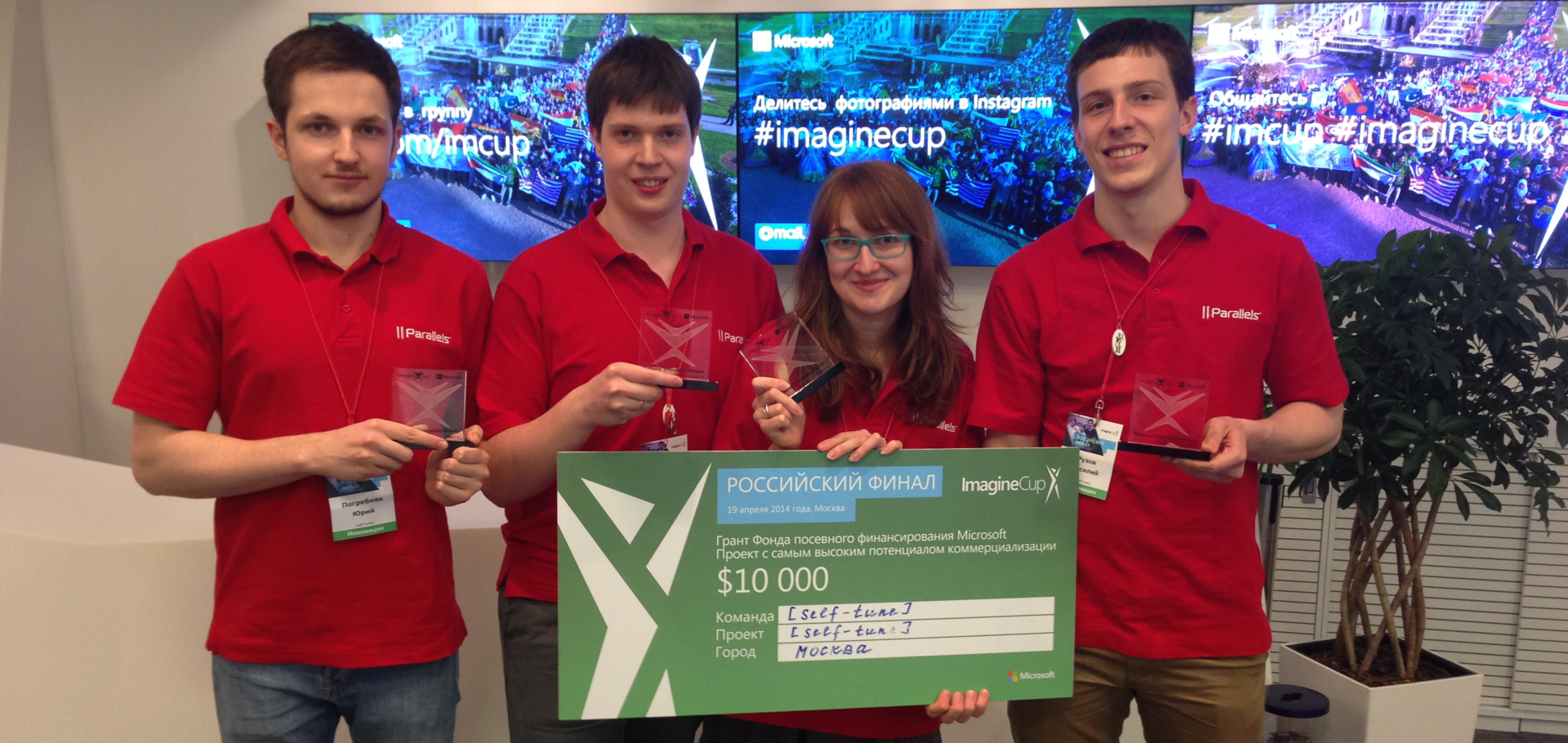
Behind the scenes
All members of the team, without exception, have a main profession - “programmer”. During development, we are faced with the need to learn how to write programs for a fairly impressive list of platforms: Windows 7, Windows 8 / Store, OS X, iOS, Windows Phone, Azure, and even Android. Each of them has its charms and its shortcomings. For example, for a person who is used to developing on C # for Windows using Visual Studio, XCode and Objective-C seem very wild at first. But you gradually get used to the seemingly elegant C # code using Linq, for example:
peaks.Sort((p1,p2) => p2.signalPower.CompareTo(p1.signalPower)); flick of the wrist turns into this:
NSArray *sortedPeaksByPower = [peaks sortedArrayUsingComparator:^NSComparisonResult(id obj1, id obj2){ HRPoint *p1 = (HRPoint*)obj1; HRPoint *p2 = (HRPoint*)obj2; if (p1.signalPower > p2.signalPower) { return (NSComparisonResult)NSOrderedAscending; } if (p1.signalPower < p2.signalPower) { return (NSComparisonResult)NSOrderedDescending; } return (NSComparisonResult)NSOrderedSame; }]; And this is just the tip of the iceberg. In fact, cross-platform is the biggest challenge for any IT startup, because if you don’t find your niche on Android, iOS or Windows Phone, someone else will.
Instead of an afterword
Our young, but very ambitious team has already managed to face many problems of modern IT start-ups. We hope that with this article we will inspire many people to what they were shy or simply afraid of. After all, this area is now the second youth, and many "giants" of the market in every way help the small fragile teams like ours.
In turn, I would like to thank Microsoft for the excellent opportunity to compete with the best student IT projects, as well as all those who helped us in our work. To all participants of the Imagine Cup, without exception, we wish not to stop there and continue to develop our projects! And in turn, we hope that our project will be able to get a decent development and change the lives of millions of its users for the better.
Related Links
Source: https://habr.com/ru/post/223403/
All Articles